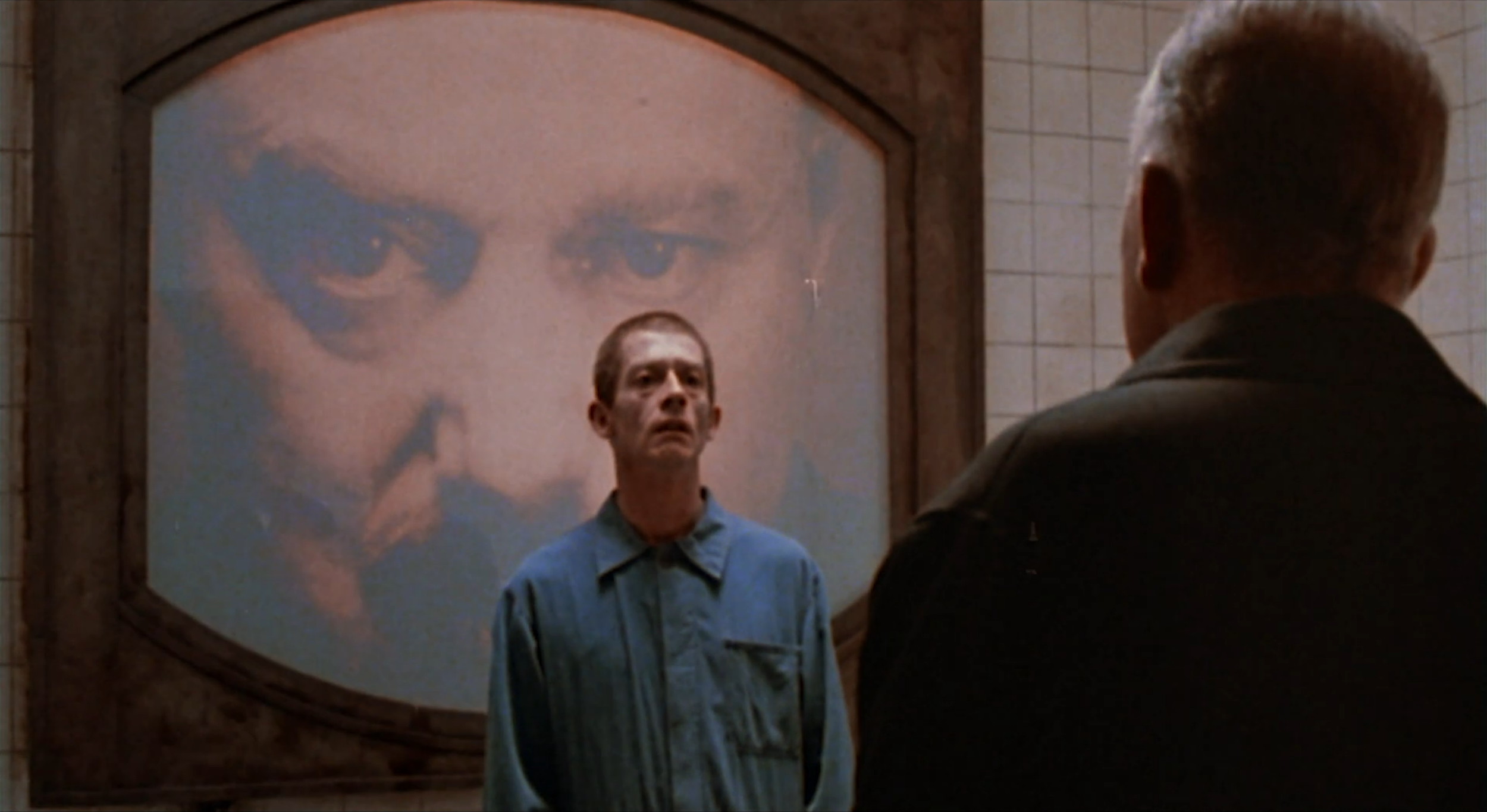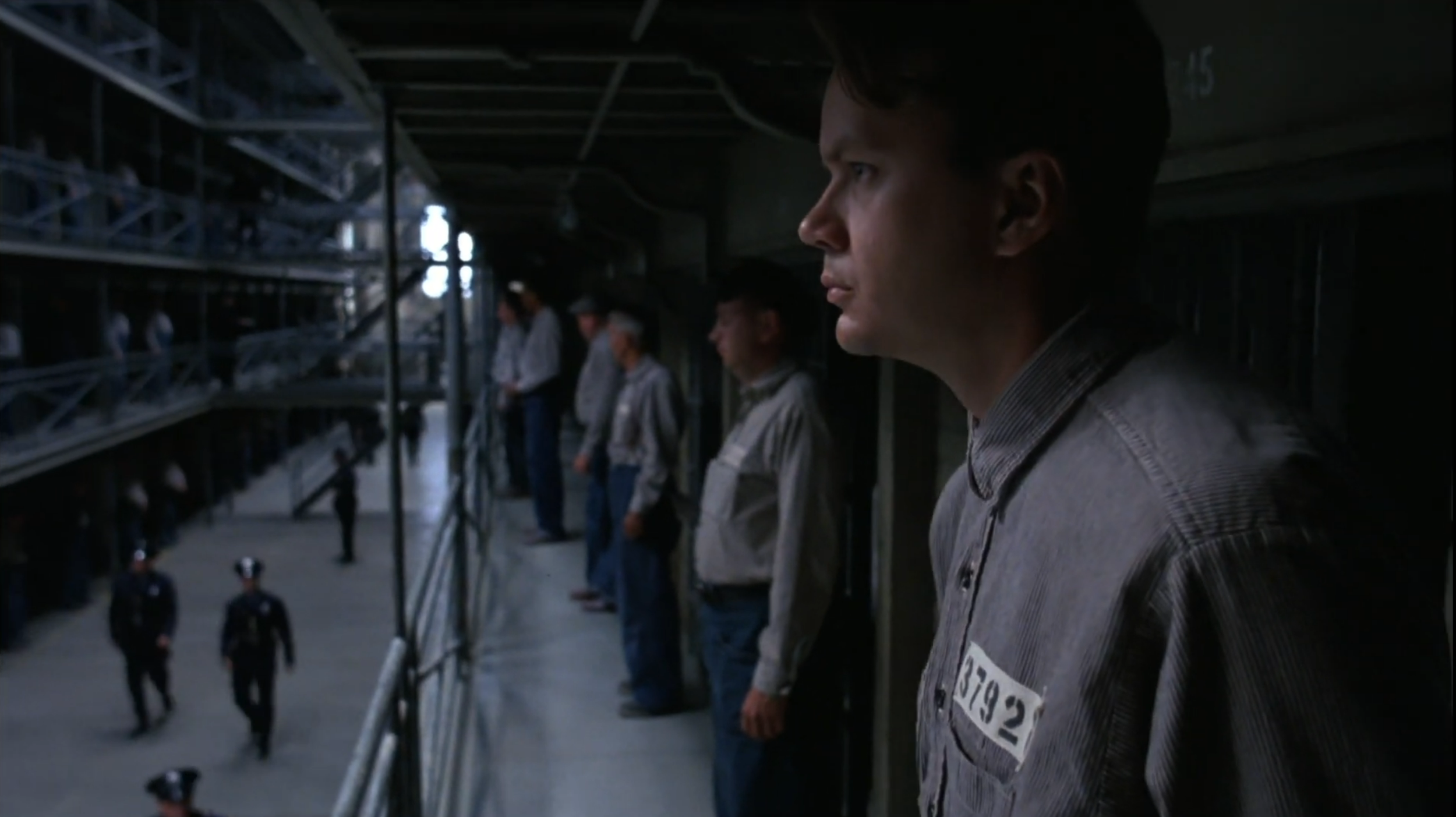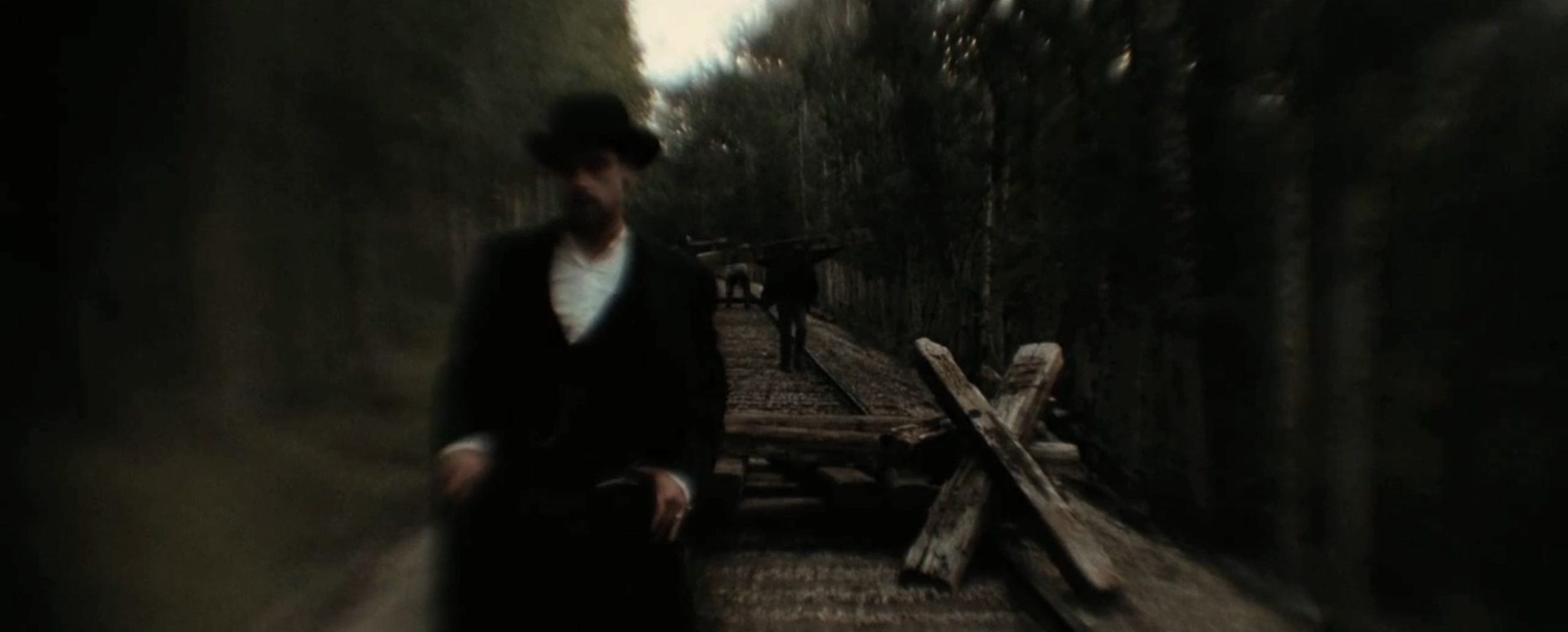September 9 - 15
Roger
Deakins
Retrospective
With all the attention directors and actors get, it’s easy to overlook the other artists that are critical to filmmaking. From September 9-15, we’re going to mix things up, and host the first of a series of mini-fests celebrating their work.
This week, we’ll focus on the work of Cinematographer Roger Deakins. It’s hard to think of anyone, in any role, who has amassed such a long list of credits while maintaining such a high level of quality.

Saturday (9/10) - 2:30
Tuesday (9/13) - 8:00
Deakins and director Michael Radford originally wanted to shoot 1984 in black and white, but After studio pushback they settled on the use of bleach bypass, an obscure (at the time) film processing technique that desaturates color and produces deep, overbearing blacks.
To achieve the exact look they wanted, this effect was applied individually to each film print. Unfortunately, this enabled the studio to meddle with later releases, and produce a much more colorful version for home video releases.
It was only recently, under Deakins’ supervision, that the original coloring was restored. It’s this version of the film we’ll be playing (with theatrical score from The Eurythmics).

Friday (9/9) - 7:00
We can thank Tim Robbins for how good The Shawshank Redemption looks. Robbins had recently worked with Deakins on the Coen Brothers’ film The Hudsucker Proxy, and Robbins insisted that Deakins be brought on as cinematographer.
The Shawshank Redemption would be the first of 13 consecutive, winless academy award nominations for Deakins. In a way, this is a compliment. His work prioritizes narrative, and he rarely allows distracting stylistic flourishes. That makes for great cinema, but doesn’t result in the kind of flashy camerawork that wins awards.

Sunday (9/11) - 7:45
Thursday (9/15) - 7:00
By the time they made No Country for Old Men, the Coen Brothers and Deakins had been collaborating for decades. This was their 9th film, and they had become a team that worked with remarkable precision. No Country for Old Men was so meticulously storyboarded and planned out that they shot less than half the raw footage typical of a film this scale.
The resulting film is shot with harsh minimalism and methodical camera movement. The end result is unembellished, and matter of fact, even as the film spirals into violence.

Sunday (9/11) - 4:30
Though both were released in 2007, The Assassination of Jesse James by the Coward Robert Ford is a major departure from the minimalism of No Country for Old Men. For Assassination of Jesse James, Deakins devised a system where decades old widescreen lenses could be affixed to modern cameras. The end result had a combination of modern fidelity and historical distortion, mimicking the films narrative.
The end result is an exceptional, often overlooked, revisionist western that had the misfortune of coming out the same year as No Country for Old Men, 3:10 to Yuma, and There Will Be Blood.

Sunday (9/11) - 2:00
Wednesday (9/14) - 7:00
A Serious Man was Deakins 10th collaboration with the Coen Brothers. It’s the kind of movie that happens when an incredibly talented team breaks just about every rule you’re taught in film school. It’s got a passive main character, plot threads emerge and fade unexpectedly, and the camera work is bizarre, with characters routinely framed or blocked in strange ways.
And yet, it’s pretty much perfect. Every rule is made to be broken, but usually when film makers break this many at once, you end up with something we politely call an “ambitious misfire”. That isn’t the case here. Every irregularity balances the others, resulting in one of the best, and most underrated, films in the Coen’s filmography.

Saturday (9/10) - 5:00
Tuesday (9/13) - 5:30
Sicario marked the Second collaboration between Deakins and director Denis Villeneuve. Villeneuve creates expansive worlds that function characters in their own right, and Deakins precise approach was instrumental.
Deakins uses a lot of wide shots in Sicario, which sounds simple, but has a big impact on filmmaking. Keeping the camera back means you’ve got a bunch of stuff in frame that isn’t necessarily what you want people looking at. Keeping these shots readable, especially when there’s several close together, requires (you may have noticed a theme here) lots of careful planning before you ever get on set.

Saturday (9/10) - 7:45
Monday (9/12) - 7:00
Typically, blockbusters of this magnitude are shot with ‘coverage’, meaning that every scene is filmed with multiple cameras. Filming days are expensive, and more footage increases the odds of getting something good.
It’s a reliable way to shoot movies that look good, but not great. That’s why Deakins and Villeneuve insisted on shooting Blade Runner 2049 with a single camera. For a film this complex, this means months of pre-visualization and planning.
The end result is a visual masterpiece, and for once, academy voters noticed. With Blade Runner 2049, after 14 nominations over 4 decades in the business, Deakins landed his first Oscar win.
Friday (9/9)
7:00 - The Shawshank Redemption
Saturday (9/10)
2:30 - 1984
5:00 - Sicario
7:45 - Blade Runner 2049
Sunday (9/11)
2:00 - A Serious Man
4:30 - The Assassination of Jesse James by the Coward Robert Ford
7:45 - No Country for Old Men
Schedule By Day
Monday (9/12)
7:00 - Blade Runner 2049
Tuesday (9/13)
5:30 - Sicario
8:00 - 1984
Wednesday (9/14)
7:00 - A Serious Man
Thursday (9/15)
7:00 - No Country for Old Men







